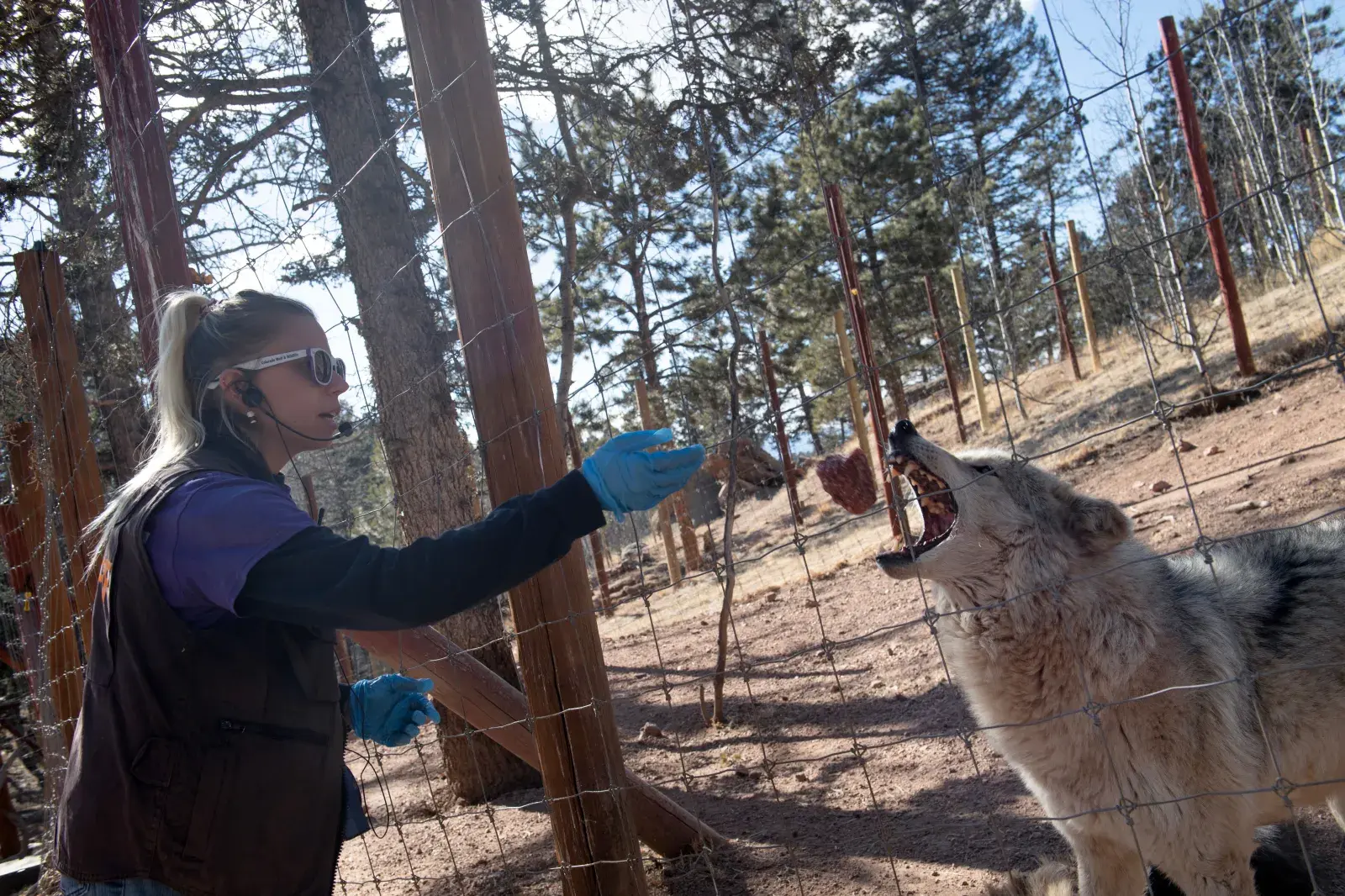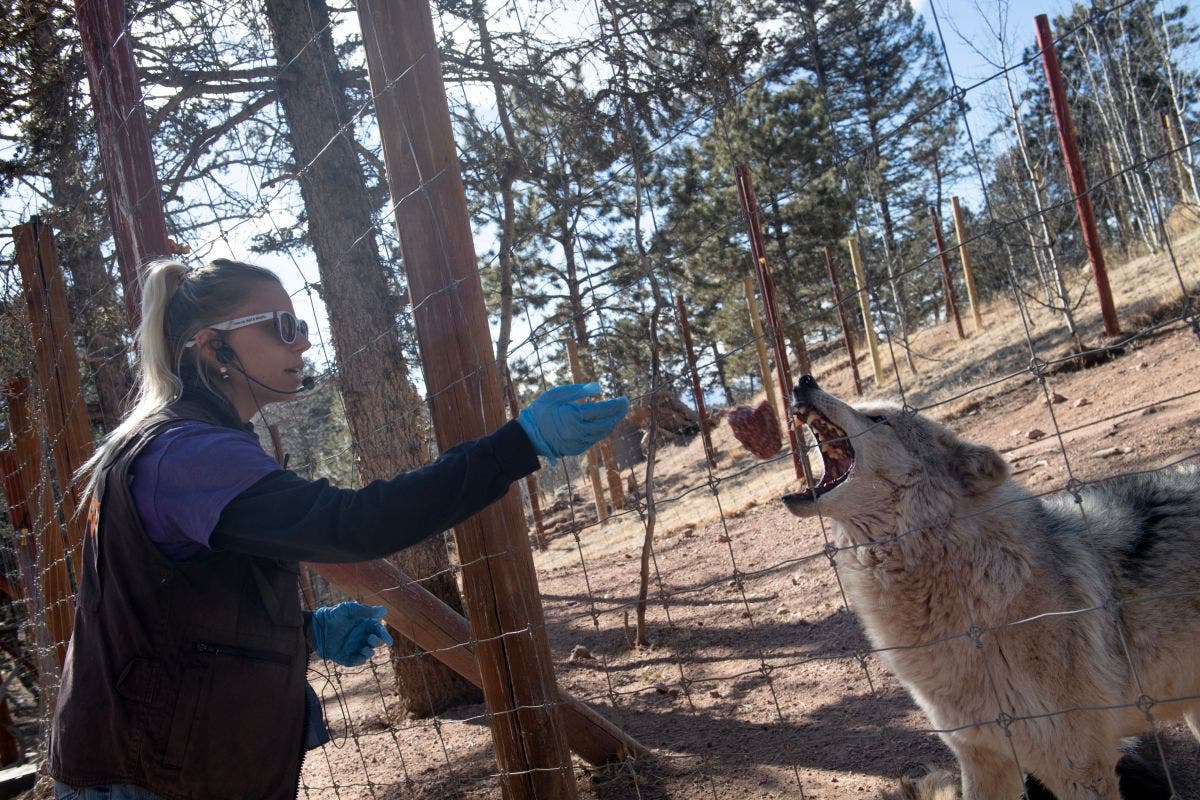The Trump administration has told Colorado to stop importing gray wolves from Canada for its reintroduction program, a shift that could complicate plans for additional releases this winter.
The directive came in a letter this month from U.S. Fish and Wildlife Service Director Brian Nesvik to Colorado Parks and Wildlife (CPW) Director Jeff Davis, according to the Fence Post agricultural news publication. Nesvik wrote that wolves used to build Colorado’s population must come from Northern Rockies states, not from Canada or Alaska.
Why It Matters
Colorado began releasing wolves west of the Continental Divide in 2023 after voters narrowly approved reintroduction in 2020. Roughly 30 wolves now roam mountainous regions of the state, and the management plan envisions a long-term population that could exceed 200 animals. The program has faced fierce opposition in rural areas, where some wolves have attacked livestock, and the federal guidance marks a break from the posture under President Joe Biden, whose administration oversaw the first two winters of releases.
 What To Know
What To Know
The new position collides with Colorado’s current sourcing plan. The state intends to relocate 10 to 15 wolves this winter under an agreement with the British Columbia Ministry of Water, Land and Resource Stewardship, Colorado Parks and Wildlife spokesperson Luke Perkins said Friday. He said the agreement was signed before the state received Nesvik’s letter and that the agency “continues to evaluate all options to support this year’s gray wolf releases” in light of the “recent guidance” from Fish and Wildlife.
Although some wolves were previously obtained from Oregon, recent releases have come from British Columbia. Northern Rockies states that reintroduced Canadian wolves in the 1990s — including Idaho, Montana and Wyoming — have signaled they do not want to supply animals to Colorado, raising the possibility of a sourcing logjam if the federal directive stands.
At issue is how strictly the federal government is interpreting its 2023 rule that created an “experimental” population designation for Colorado wolves. A federal notice describing that designation referred to the Northern Rockies as the “preferred” source of wolves, not a required one.
Gov. Jared Polis’ office told the Associated Press it is in contact with the Interior Department and evaluating “all options” to keep this winter’s releases on track. Fish and Wildlife Service spokesperson Garrett Peterson did not immediately return an AP message seeking comment; his voicemail said he would be unavailable until after the government shutdown ends.
In January, Republican Colorado representatives condemned the CPW operation for importing “foreign wolves” into the state, while demanding that the Department of the Interior intervene and that the incoming Trump administration “take immediate action by stopping further importation of these foreign predators into the United States.”
What People Are Saying
Defenders of Wildlife attorney Lisa Saltzburg said Fish and Wildlife is “twisting language” by asserting that Colorado cannot import wolves from Canada or Alaska: “People in Colorado should be proud of their state’s leadership in conservation and coexistence, and the wolf reintroduction program illustrates those values.”
Republican Colorado U.S. Representatives Lauren Boebert, Jeff Crank, Gabe Evans and Jeff Hurd released a joint statement in January: “After years of slighting or outright ignoring Colorado farmers and ranchers with politically appointed anti-agricultural activists and ‘meat-free days,’ bureaucrats in Colorado have rushed through the importation of Canadian gray wolves and have set them loose in our state despite numerous protests and questions about the legality of this dysfunctional and chaotic approach.”
What Happens Next
If the federal stance holds, Colorado could face a shortage of available source animals just as it seeks to expand the herd. That would leave the state caught between local ballot-box mandates to restore wolves and a federal restriction that limits where those wolves can come from.
This article includes reporting by the Associated Press.
